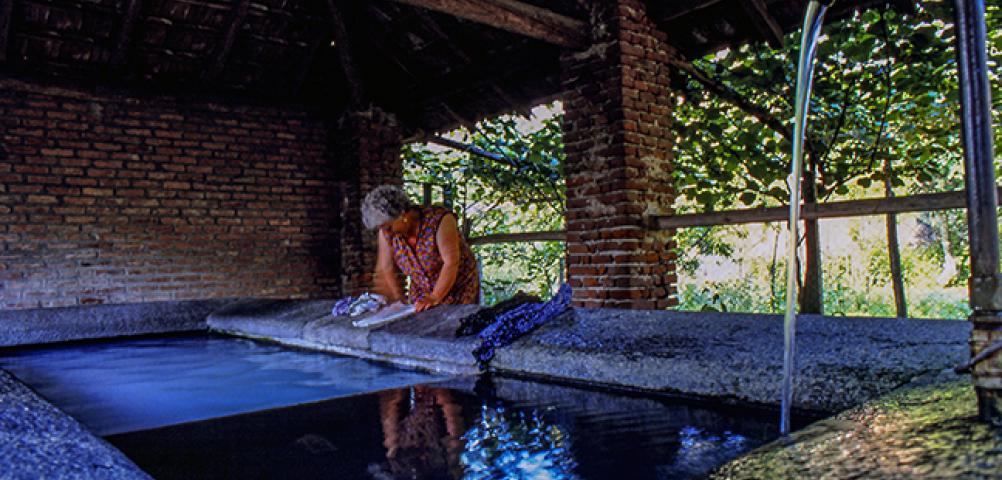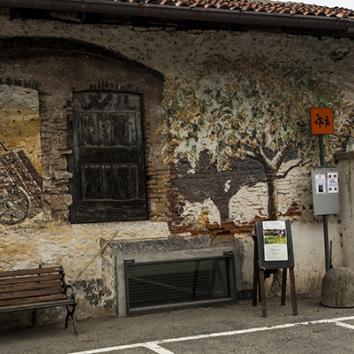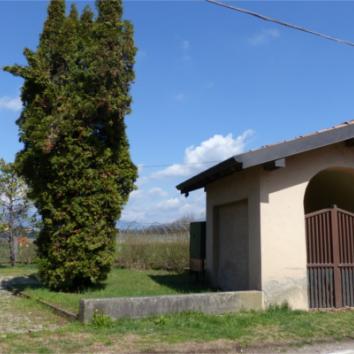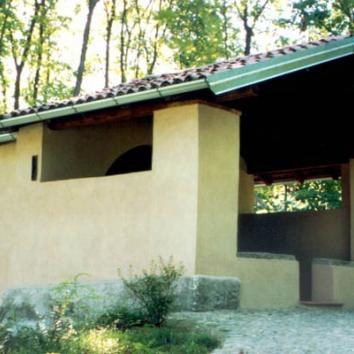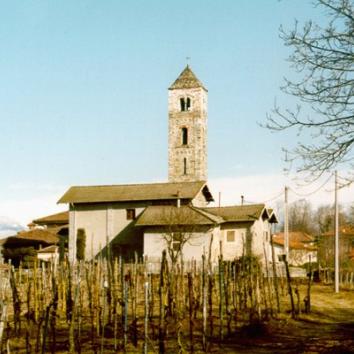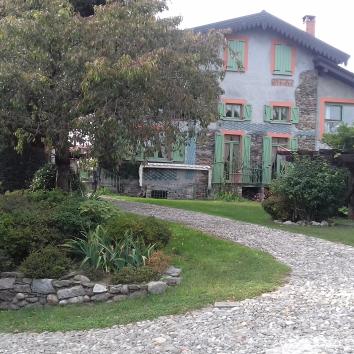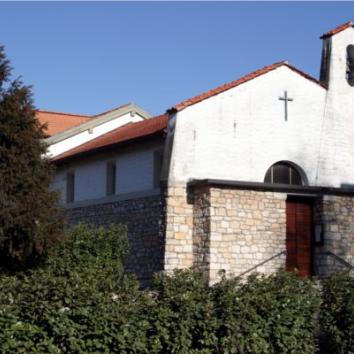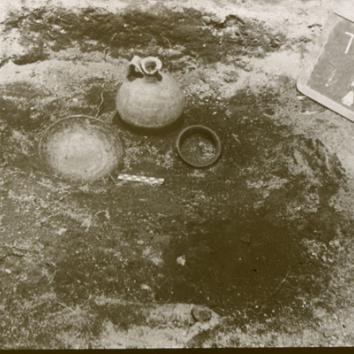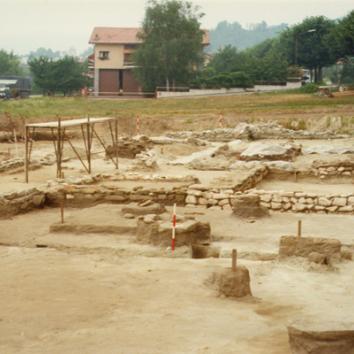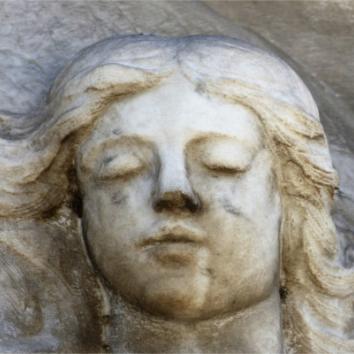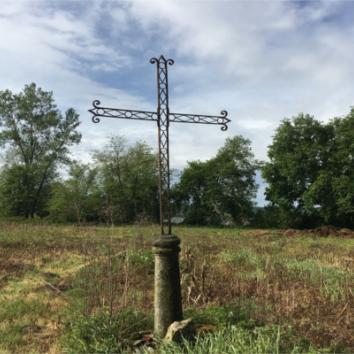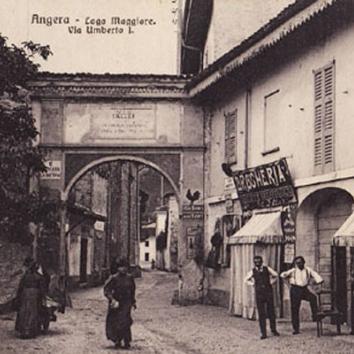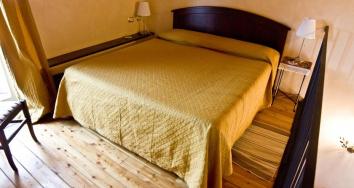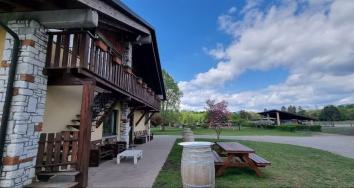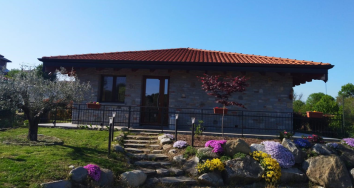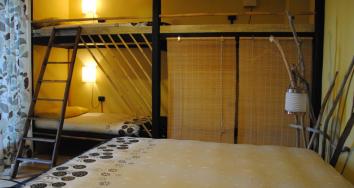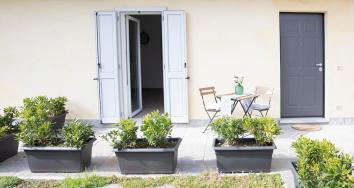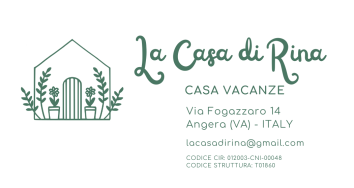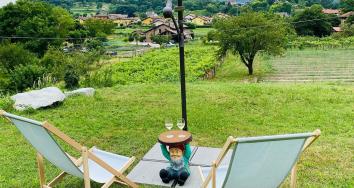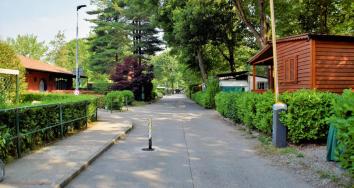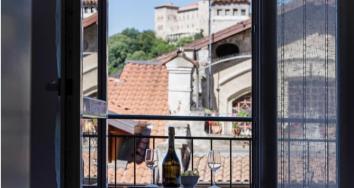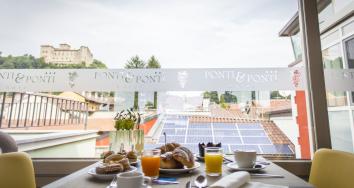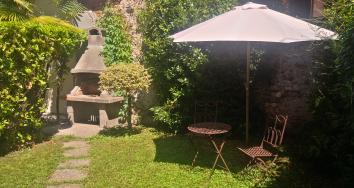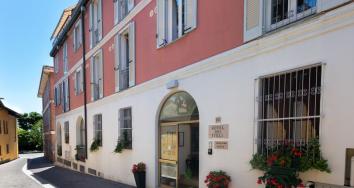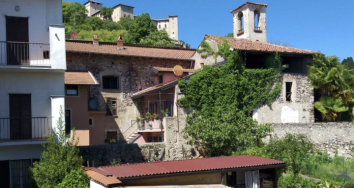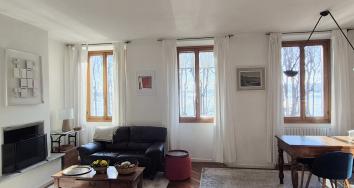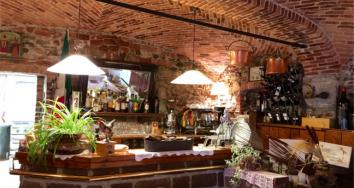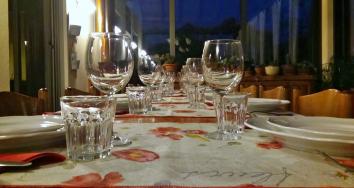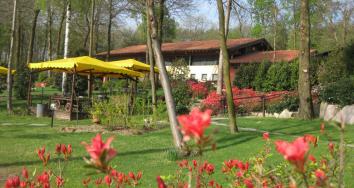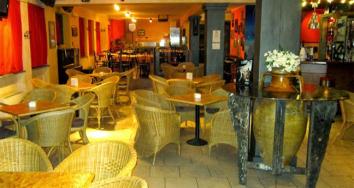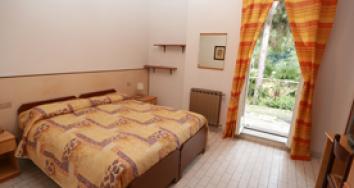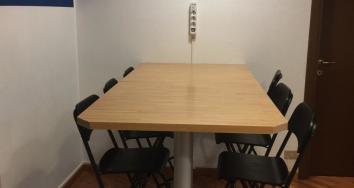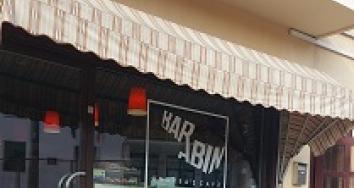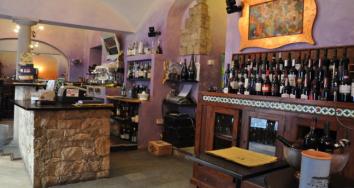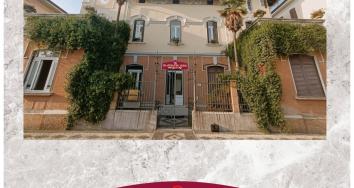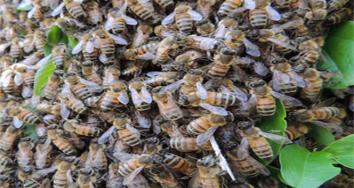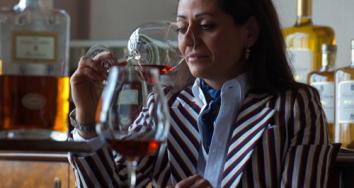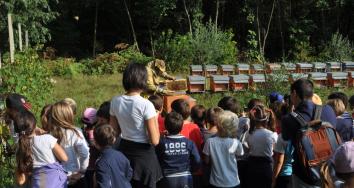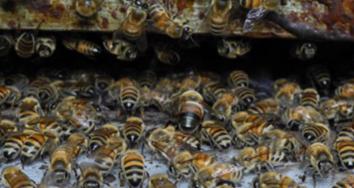The Capronno Washhouse
(Early 20th century)
This public washing place commemorates the immense amount of hard work carried out by the women who washed clothes in such facilities or in rivers until the 1960s, breaking the ice in winter and short of water in the summer.
The washhouse is rectangular and built in brick; it measures 6.82 x 5.91 m and is open on three sides. It is set low down and reached by stairs; the pitched roof is tiled and supported by a timber truss. The tank is divided in two; it is rectangular and measures 2.07 x 5.47 m. The water is delivered through a metal pipe.
There are no precise records regarding the inauguration of this washhouse in Capronno, a village in the Angera municipal area, but local memories are able to describe the life that was centred on it. We know that it was already in operation in 1929: Giuseppina Forni remembers that in January 1929, after the birth of her sister, her mother went to wash the laundry in the “fountain” (as the women always called it) and it was so cold that she had to break ice covering the water. The washhouse receives water from the council water main, so it is likely that it was built at the time that the public supply was installed, maybe in 1927 when Capronno's council was abolished and it became part of Angera.
The fountain was used until the 1960s at least, largely by the women of Capronno: mothers, grandmothers and daughters came to the washhouse with wheelbarrows full of dirty laundry, where they talked about their daily lives and sometimes sang traditional songs. Women from Barzola usually did their washing next to the bridge on the River Vepra, using a brela, but at times they too came to the Capronno fountain.
The brela was a wooden structure that washerwomen used in rivers and canals: on one side there was a board for scrubbing the clothes, on the other a small step for kneeling on, often with a cushion on top to afford some protection to the knees. In washhouses the brela was usually substituted by a sloping brick-built surface.
A brelin was used for washing at springs, where there were usually sloping stone slabs at ground level; it consisted of just a base for kneeling on.
Locals remember that the Capronno washhouse was often crowded, especially on Monday mornings, and mothers would send their children out to see if there was room to wash. The water always flowed, except in the summer when it was scarce and was turned on only when needed to avoid wastage. In winter women would bring a bucket of hot water from home to warm their hands a little. The tank was often emptied and cleaned out so that there was always fresh water available.
The larger section of the tank served for washing and the smaller for rinsing. Whites were washed at home in a wooden tub and then taken to the fountain to be rinsed. Those who lived nearby also used the fountain to wash themselves at the end of the day and after working in the fields, but this practice was frowned upon. Attention was paid to hygiene, and after someone died, for example, their sheets and clothes were washed in the River Vepra rather than the fountain.
An inscription on a pillar records that the roof was restored on 2nd June 1998.
The text was written with the help of Valerio Pizzinato.

